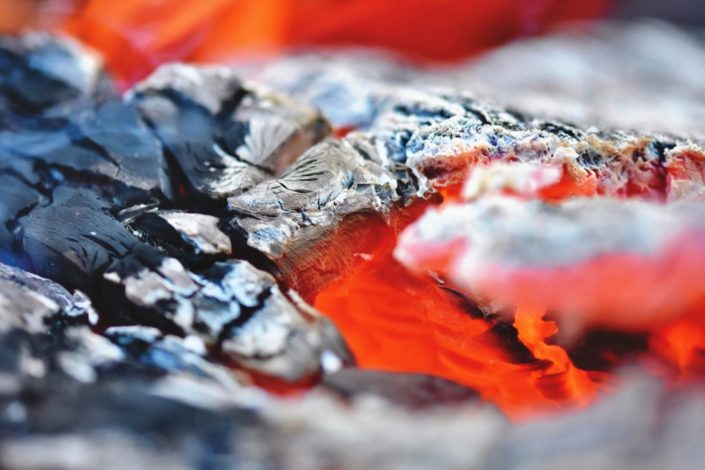Wood-burning stove industry responds to coronavirus warning
The Stove Industry Alliance (SIA) contacted Air Quality News following the publication of a story about wood-burning stoves during the coronavirus crisis, disputing several points. Their response to the story is published in full below.
The SIA would like to make the following points in response to Air Quality News’ reporting of this which it would ask you to bear in mind going forward:
- The headline ‘Don’t use wood-burning stoves…’ is completely misleading. Firstly the article on the Brighton & Hove City Council’s website leads with the headline “Please think twice about fires — indoors or outdoors!” and as such is cautionary rather than being instructional as your headline implies. Secondly, the focus of Cllr Anne Pissaridou’s comments is outdoor burning, bonfires in particular, with reference made to wood burners and log fires appearing much later in her comments.
- The fourth paragraph in your article states that ‘…burning wood and coal in open fires and stoves account for more than a third (38%) of the UK’s primary emissions of PM2.5…’. The SIA would like to point out that this figure simply isn’t true.
The 38% calculation is based on 2 key assumptions — first that 6m tonnes of wood fuel are burnt each year in the UK as based on the findings of the BEIS Domestic Wood UK Survey carried out in 2015, and second that the emissions factors for domestic burning within the NAEI are correct.
Both assumptions are in fact incorrect for the following reasons:
- The BEIS Domestic Wood Survey was conducted using a sample of 1,206 members of the public. In early 2019 the SIA conducted its own user survey to 10,620 members of the public using the same questions and methodology as the BEIS survey. The results of the SIA survey, which has been independently reviewed and verified by Kiwa UK, found the volume of wood burnt each year in the UK to be closer to 1.85m tonnes.
- The current PM2.5 emissions factor within the NAEI is in fact three times the level of emissions permitted under Ecodesign legislation. This point was highlighted by a recent research paper by Edward Mitchell PhD, commissioned by HETAS and supported by the SIA, which calls for an urgent review and update of the emissions factors. Ecodesign compliant wood burning stoves make up an ever growing proportion of appliances in people’s homes and evidence demonstrates that these appliances are capable of meeting the Ecodesign emissions limits, meaning it is possible the NAEI’s emissions factors are significantly overstating the impacts of domestic burning.
Using the more accurate assumption of annual domestic wood consumption at 1.85m tonnes and applying it to the calculation used within the Clean Air Strategy would mean the percentage of PM2.5 attributable to domestic wood burning is closer to 14.9%. A revision of the emissions factors would see this percentage come down again.
- The top down approach used to calculate the contribution of domestic wood burning to PM2.5 levels is open to huge errors. The use of aethalometers for example, skews the data significantly as so many of them are out of date and inaccurate and therefore subject to huge variation in their default settings. Furthermore, 2 wavelength aethalometers such as the ones used by Dr Gary Fuller et al for the King’s College research cited in the Clean Air Strategy, cannot distinguish domestic wood burning on its own from other sources of biomass combustion.
- Reliance on the single chemical tracer levoglucosan, a measurement used to support the aethalometer results by the King’s College report, is also misleading because levoglucosan is also produced by other types of combustion such as bonfires, incinerators, wildfires, prescribed burning, cooking and cigarette smoke. As your article points out, there has been an increase in bonfires and domestic waste burning following the coronavirus lockdown and reports by some councils of localised spikes in PM2.5 levels. The SIA would however urge Air Quality News to clearly make the distinction between domestic burning for heat, e.g. wood burning stoves, and garden bonfires in its reporting in future.
Kind regards
Erica Malkin,
Secretary General,
SIA.

















Superior modern wood burning stoves at optimum temperature may have low emissions, but it takes time for that optimum temperature to be reached, a significantly smelly period, and the similar cool down period again, negate the optimum efficiency and cause most offence to the unlucky neighbours in dense communities. Having to keep windows closed and the soot on windows and facias etc, are clear indications of the undesirability of these burners in any community. It is the neighbour that gets the downside of a wood burner.
What a load of rubbish. I’ve lived in one of these “dense communities” that you speak of for years, most of us have wood burning stoves and none of us has ever had issues with ‘soot on windows and facias’ (sic), never had to ‘keep windows closed’ (roflmao) and none of us has ever been approached by any neighbour or representative of any neighbour having any problem with any of us in relation to it. Seems you are one taking offense and arrogantly speaking unqualifiably on behalf of these invisible others. I’m all for kicking environmentally unsound traditions out but the neo-liberal rhetoric whining about woodburning stoves is poppycock. If you have a chip on your shoulder about some neighbour near you burning too many firelighters to get their hearthfire started, go and chat to them face to face like a grown up.